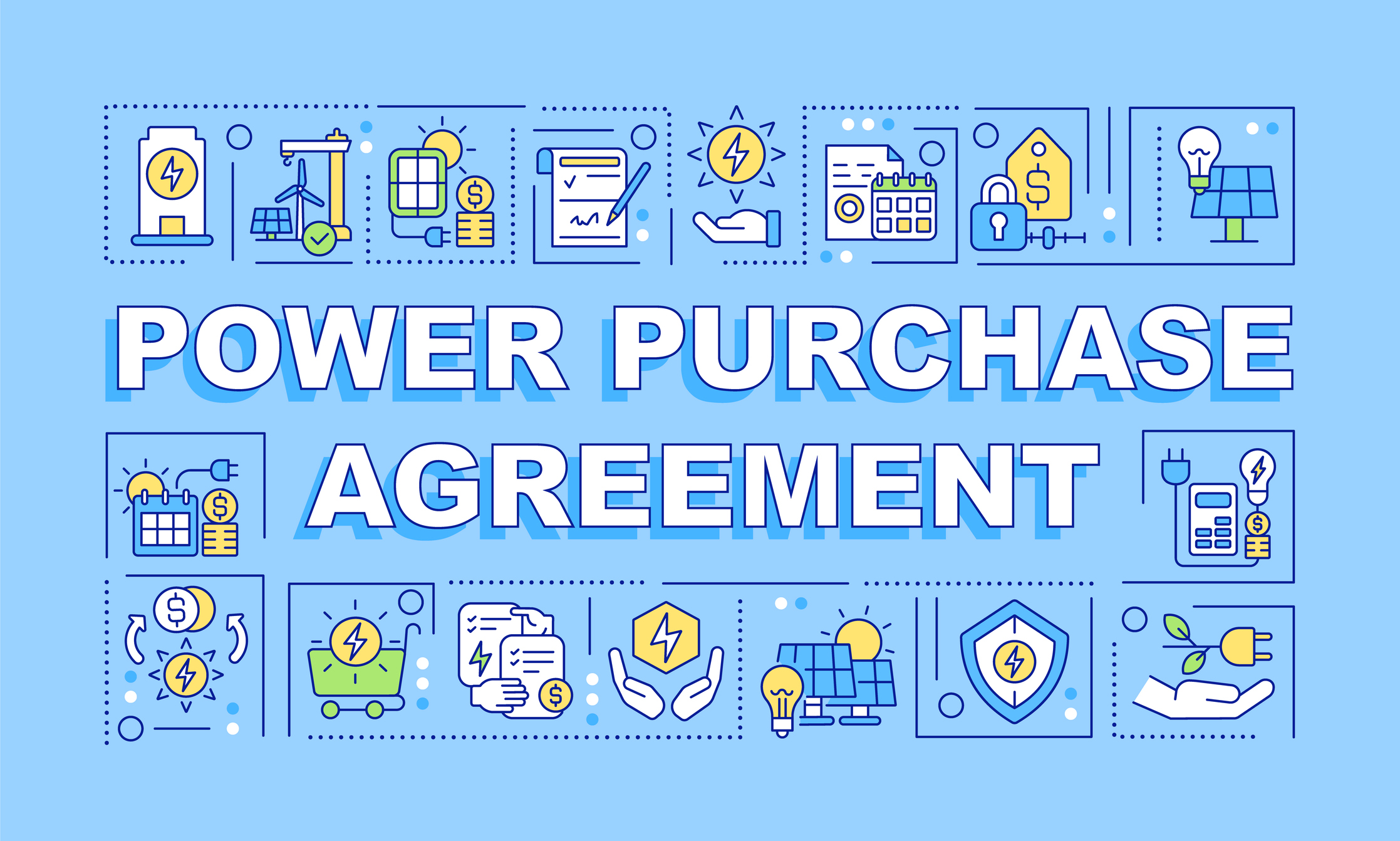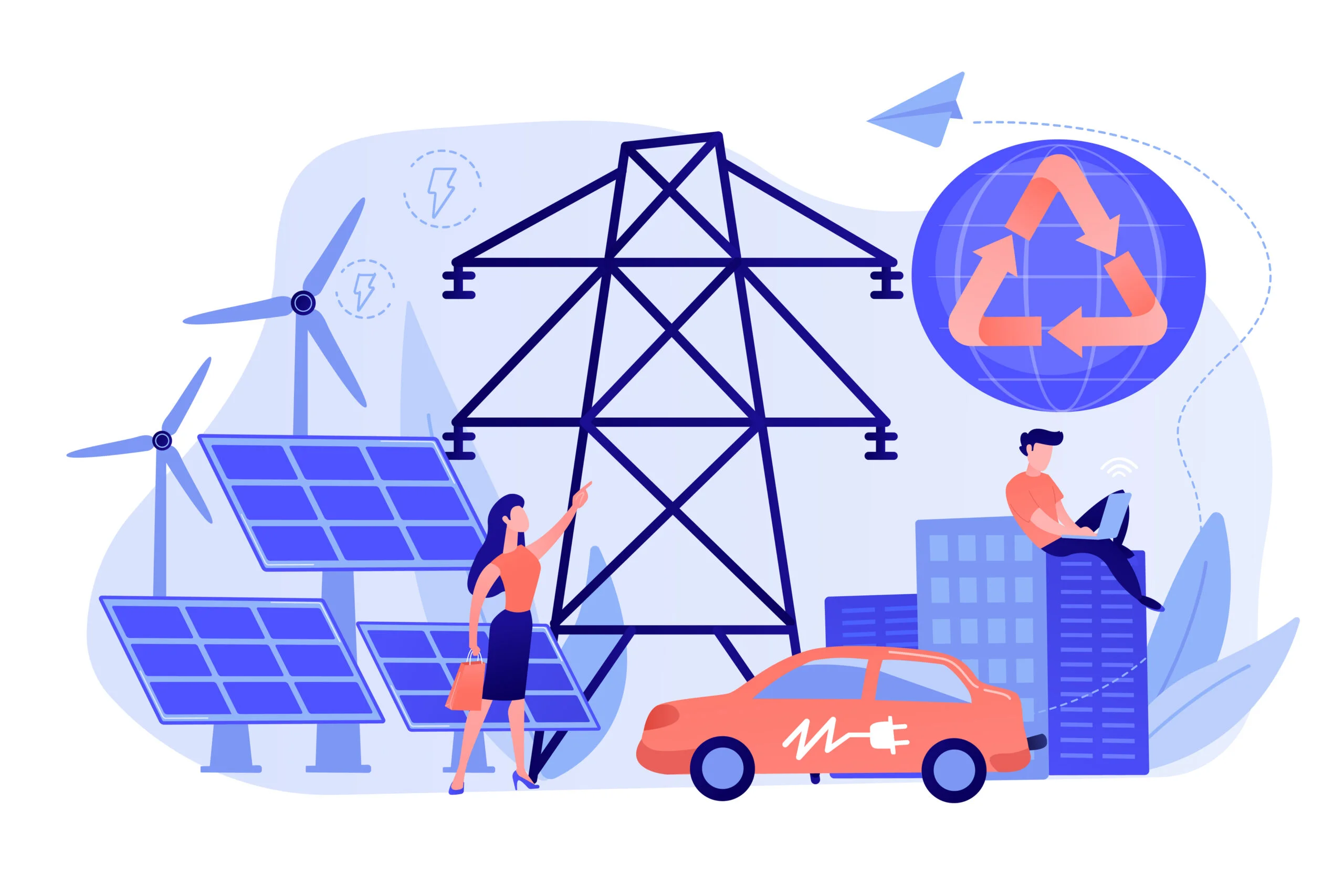For years, utilities have faced incredible challenges including the increased weather and temperature extremes caused by climate change and the decarbonization and electrification efforts necessary to mitigate those climate challenges. To meet increased electric demand, utilities have turned to demand flexibility programs like demand response, EV managed charging, or virtual power plants to shift demand to off-peak hours of usage. These programs are enabled through distributed energy resources (DERs). These otherwise disparate behind-the-meter devices are aggregated and controlled through grid-edge distributed energy resource management systems (DERMS). Let’s look at a few of the most common uses for grid-edge DERMS.
What is a Distributed Energy Resource Management System (DERMS)?
As mentioned, distributed energy resource management systems (DERMS) aggregate distributed energy resources (DERs) like solar, battery, EVs & EVSE, and smart home devices like thermostats or water heaters. The internet of things (IoT), which is the development and spread of intelligent, networked devices has created new avenues for the fusion of disparate technologies, which aggregated as a whole can have a cumulative net positive benefit to minimizing demand. Utilities employ grid-edge DERMS to aggregate these devices in order to safely monitor, regulate, and report on devices that are essential to demand flexibility initiatives.
Types of DERMS
Not all distributed energy resource management systems (DERMS) are the same. While there are numerous reasons that a utility may obtain a DER management solution, there are two types of DERMS: Grid DERMS and Grid-Edge DERMS.
- Grid DERMS – A Grid DERMS is a platform that is used inside of a closed system to manage assets held by utilities, grid-scale projects that are managed from behind a firewall.
- Grid-Edge DERMS – On the other hand, behind-the-meter distributed energy resource (DER) assets such as solar, batteries, EVs, and smart home appliances like water heaters and thermostats are handled by Grid-Edge DERMS.
A Grid-Edge DERMS gives access to the community resources required to shift load during peak demand periods, while a Grid DERMS might manage something akin to a solar farm owned by the utility. Together, they provide a comprehensive set of opportunities for utilities to manage both grid-scale, utility held assets, as well as the burgeoning DER market.
Challenge: Energy Shortages Due to Extreme Temperatures
Climate change is directly impacting the electric utility industry in many different ways. The most significant of these is the increasing volume of extreme weather events. Increased frequency and intensity of storms, heatwaves, and floods have the potential to damage infrastructure, disrupt power generation, and increase maintenance and repair costs. This erratic weather can lead to increased demand for air conditioning and/or heating in the summer and winter months. As the industry shifts toward cleaner energy sources to combat climate change, utilities must adapt their systems to integrate variable renewable sources like wind and solar, which require new grid management technologies and infrastructure.
Solution: Demand Response
Demand response is a proven solution to the energy shortages caused by extreme temperatures from climate change by helping to balance supply and demand in real-time. Demand response allows utilities to incentivize reduced usage, shift energy consumption, enhance grid stability, and support the integration of renewable energy resources. Overall, demand response helps to optimize energy consumption patterns, making the grid more resilient to the impacts of climate-induced extreme temperatures.
Challenge: Too Many Electric Vehicles Need Charging
The increase in electric vehicles adoption and manufacturing has added encumbrance to an already overwhelmed electric grid, creating challenges for utility operators. These challenges include increased demand on the grid, a lack of ample energy supply, charging infrastructure needs, grid management, and transformed peak load shifts. Overall, addressing these challenges involves coordinated efforts to enhance grid infrastructure, expand charging networks, and implement smart grid technologies and demand response strategies. This can be achieved through EV managed charging.
Solution: EV Managed Charging
EV managed charging is a conservation strategy that shifts EV charging times to off-peak periods of energy cost. It is crucial for supporting the consistent increase in EV adoption by addressing several key challenges. Managed charging helps balance the demand on the electrical grid by scheduling EV charging during off-peak hours or when renewable energy is plentiful. By optimizing charging times and rates, managed charging can lower costs while also increasing overall efficiency. EV managed charging works to smooth out the demand for electricity, making the integration of an increasingly prevalent EV fleet more manageable while reducing the risk of grid congestion.
Challenge: High Peak Pricing
With demand on the rise, energy costs have escalated especially during peak hours of usage. While utilities often turn to demand flexibility initiatives to enhance grid resiliency, these tactics aren’t always sufficient to meet demand. Especially given the intermittency of behind-the-meter distributed energy resources (DERs), utilities often have to turn to the energy market to purchase power to meet demand, electricity that often comes at an extreme premium.
Solution: Energy Arbitrage
Since grid-edge DERMS aggregate DERs, they are useful in reducing those overall costs, not only through conservation, but through careful management of time of use rates. Now, with the release of Topline Demand Control, utilities can eliminate the uncertainty of DER intermittency. Topline Demand Control is a novel combination of a Grid-Edge DERMS, forecasting technology, AI, and model predictive control, which optimizes DERs providing a reliable outcome for grid operators providing exactly what they requested during the event window. Especially with increases in battery storage capacity, a Topline Demand Control enabled Grid-Edge DERMS can optimize stored energy, directing it where and when it’s needed most to best defray energy insecurity and high energy costs, while simultaneously flattening the usage curves that are used to average out purchases from the energy market.
3 Use Cases For Grid-Edge DERMS Conclusion
Grid-Edge DERMS are an increasingly critical tool that helps utilities shift load. Load may be shifted due to several prominent reasons: Utilities need to decrease usage to prevent blackouts and enhance grid resiliency, to shift load and defray expensive energy purchases, and to keep a lower overall average of users over a set period of time, useful during energy arbitrage strategies. Grid-Edge DERMS are pivotal in managing the complexities introduced by distributed energy resources. DERMS provide many solutions to the challenges present in the industry today. These solutions include demand response and EV managed charging. Ultimately, distributed energy resource management systems (DERMS) enhance the efficiency, reliability, and resilience of the energy grid by effectively managing and integrating distributed energy resources, supporting a more sustainable and cost-effective energy system.






